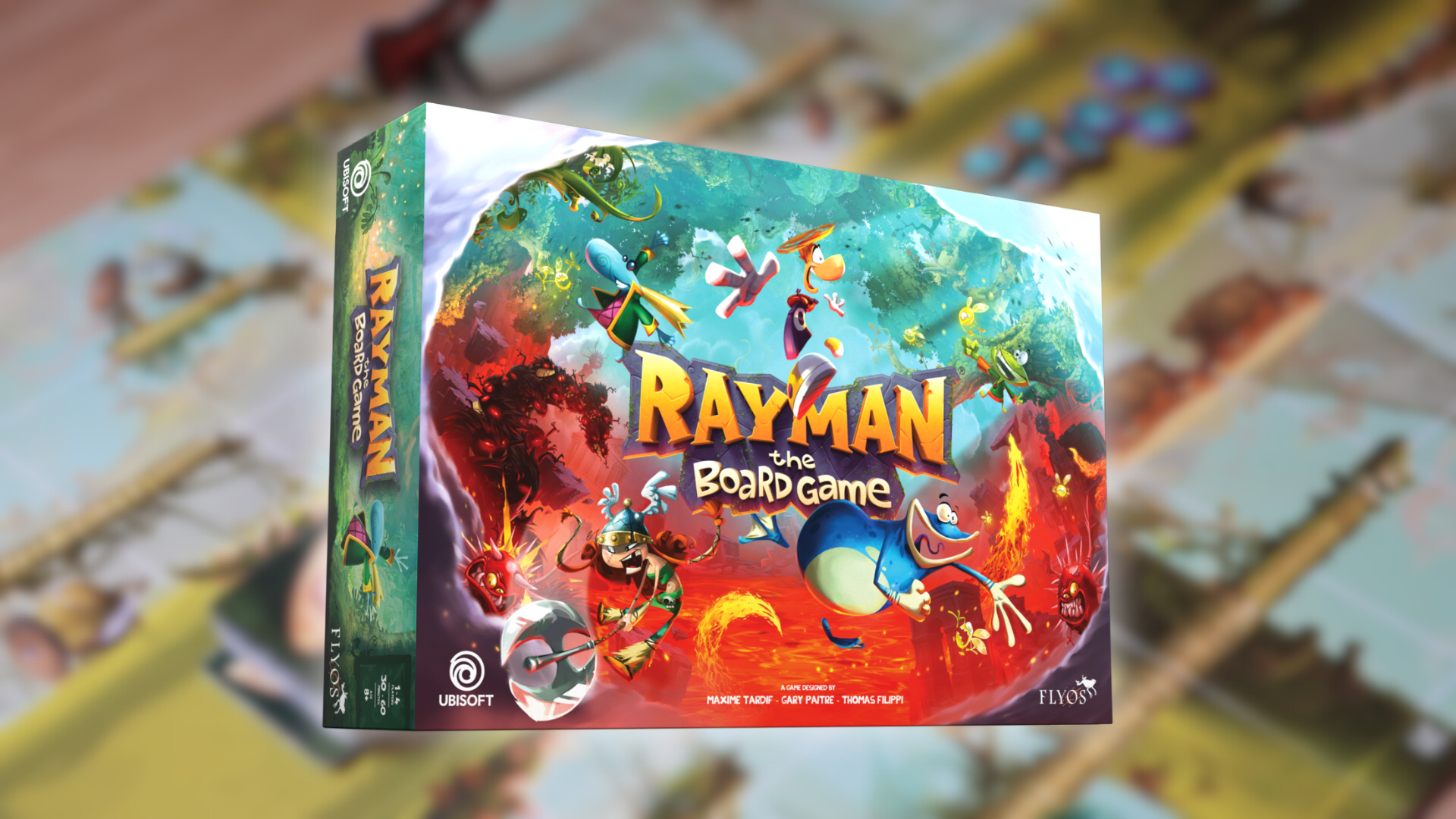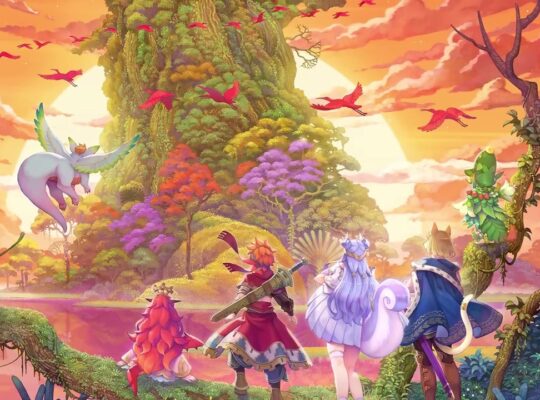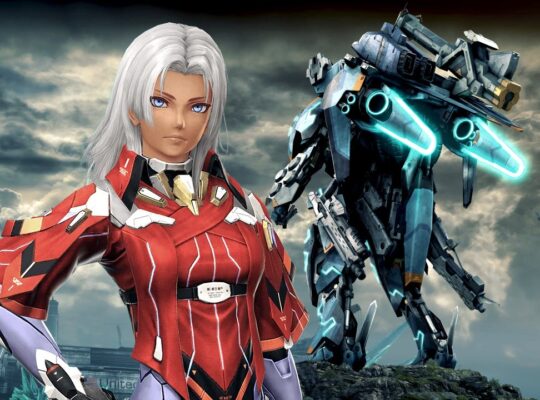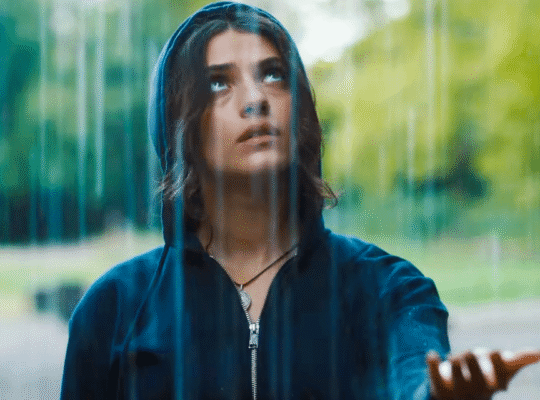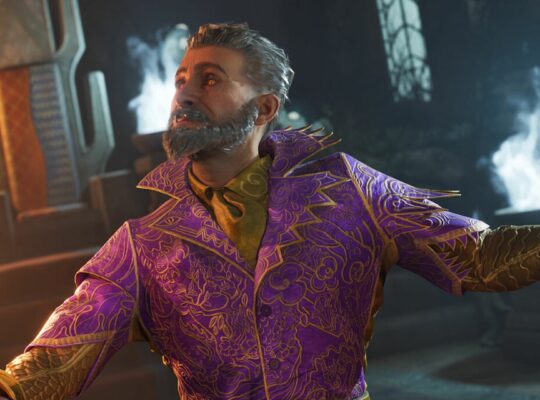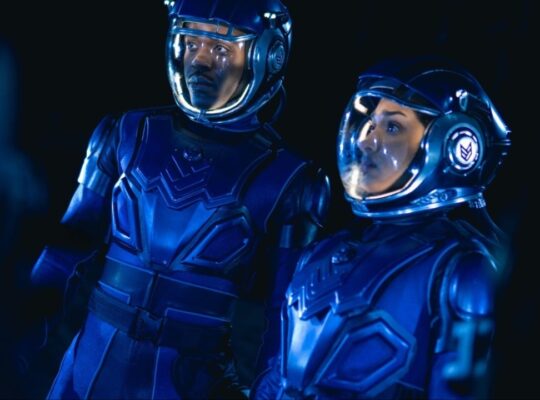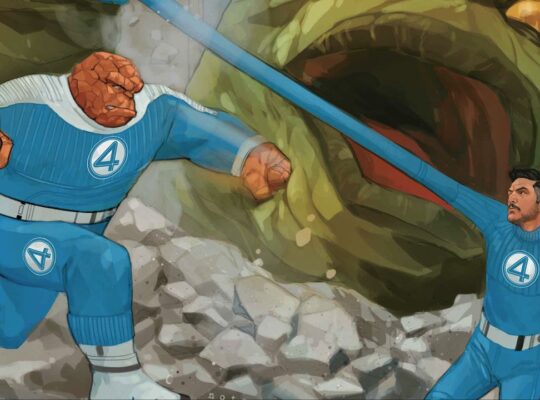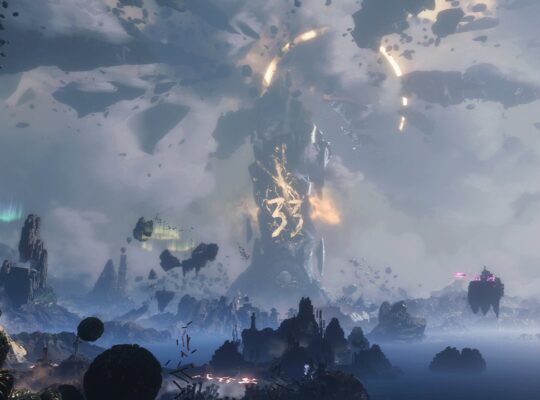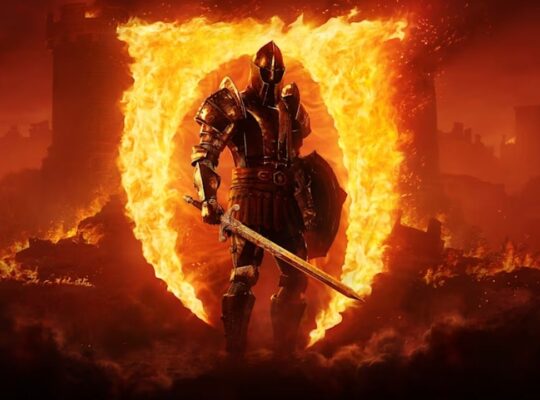Rayman’s limbless brand of anarchic puzzle-platforming has been delighting fans since 1995, with five main video games and a number of spin-offs, across multiple systems. But one play Rayman has yet to save from the forces of evil is your tabletop. Now that’s about to change thanks to the upcoming Rayman: The Board Game (see it on Kickstarter), a collaboration between Ubisoft and Flyos games on the one hand, and three designers on the other: Maxime Tardif, creator of critically acclaimed, best-selling title Earth, one of our picks for the best strategy board games, alongside Gary Paitre and Thomas Filippi of Flyos.
What unites the trio is a love for the source material. “We really wanted to see our favorite eggplant hero back in action,” laughs Filippi. “The games are all about having fun, a bit of chaos, and some friendly competition, and we felt that vibe would be perfect for a board game setting.” The resulting board game has been designed to be playable by all ages, and includes solo and cooperative modes and different difficult levels alongside the head-to-head competition you’d expect.
Having a family-friendly vibe was important to the developers, not least because they have children of their own. “When I play with my young daughters, I usually stick to with the rookie and intermediate modes,” Filippi reveals. “But when I face team members, we can play more aggressively.” He also feels that it’s one way in which the game channels the essence of its source material. “Rayman is a positive character, always smiling, making him perfect for younger players,” he continues. “The humor, the smooth action, and those imaginative worlds, all of it adds up to something special.”
With so many different video games to draw on, the team decided to blend the two most contemporary titles to form the basis for their game, but one of them took the fore. “Rayman Legends felt like a natural fit as it’s the most recent game in the series,” explains co-designer Gary Paitre. “And honestly, we wanted to include Barbara! She’s got such a cool vibe. The musical levels, in which you run in rhythm while making quick and sharp decisions, was also a big source of inspiration. However, some elements from Rayman Origins are also included, such as missiles.” These zip around the board, providing dangerous dynamic hazards that the players must avoid.
Rayman Legends felt like a natural fit as it’s the most recent game in the series
Besides Rayman himself, the two other characters featured in the game are Globox and Murfy. Each has a miniature figure to use on the board, but in the basic game they’re mechanically the same, each having an identical deck of action cards that lets them run, jump and glide around the board, slapping enemies, and avoiding obstacles, just like in the computer games. Keeping all the basic decks the same was a deliberate design choice. “In the video game, each hero has the same set of actions,” Paitre points out. “What makes your adventure unique is how you choose to apply those actions.”
As players gain confidence, however, they can make their chosen character more unique by including special ability cards keyed to each personality. “It’s a little light asymmetry, to add some variety,” says Filippi. Paitre fills in the details. “They let you choose which actions you prefer,” he explains. “You can have more initiative, or focus on slapping. They help make every game different, and we’ve tried to ensure that no hero is stronger than another.”
With all the attention paid to tying in the board game to its source material, fans might be surprised to discover that Rayman The Board Game is a race game. This seems rather different from the standard platforming levels in Rayman Legends, but there’s a good reason. “It’s inspired by the time-trial runs from the video games,” says Filippi. “We wanted that same feeling of intensity and quick thinking in the board game. It’s not just about getting from point A to B fast; it’s about making smart moves, keeping an eye on what everyone else is doing, and maybe throwing a wrench in their plans. We wanted each playthrough to have that unpredictable, ‘anything can happen’ feel that makes Rayman games so fun.” There are still Teensies, Rayman’s magical friends, to save along the way, and you’ll need to have rescued three of them to take the win.
During each turn, players secretly select a pair of action cards for that round, which are added together to give a total value of in-game moves like jumping and slapping. These tie into the features on the racetrack, so you’ll need to jump to gain access to platforms, slap enemies in your path and glide over gaps and there are multiple paths around each board that you’ll need to assess strategically to gain an edge. The cards you chose are discarded and, to get them back, you need to take a “bubble” action, skipping a turn and falling behind in the race in exchange for temporary immunity and the chance to pick up and re-use your discards.
Fans might be surprised to discover that Rayman The Board Game is a race game.
Getting this right is a surprisingly cerebral and challenging task: almost every card selection will see you wasting actions or falling short in some way of what you actually want to do. The tactics are in optimizing your available cards to the track before you. Doing so can cause players a bit of analysis paralysis as they work through the options, which gives the game plenty of depth but isn’t necessarily a close fit for the frenetic pace of parts of the original video games, something that’s true of a lot of video-to-board game adaptations.
Filippi acknowledges that this was a challenge for the team. “We wanted to keep that feeling of intensity but also add some depth that you can only get in a tabletop setting,” he says. But he feels they got the balance right. “You still have those moments of quick action, but mixed with the need to think ahead, which is just like navigating a tricky platform level. You have to plan your moves, and figure out when to go all out or when to hold back.” And he thinks there’s a payoff for introducing more analytical elements, too. “It offers that same sense of accomplishment when you pull off a great move or outsmart your friends.”
Bringing in third designer Maxime Tardiff to work on the game was, in part, an attempt to meet that challenge. “At first, Gary and I wanted to make that game ourselves,” Filippi continues. “But we decided to bring an experienced designer to the table. He was a perfect match, passionate, smart and accessible. His input was crucial for refining the action decks, the level structures and the solo and cooperative mode. He pushed us to elevate and balance the gameplay even further, like integrating the asymmetric elements.”
Flyos have worked on a race game before, 2017’s Kiwetin in which the players chase each other through a fantasy forest. It has similarities to Rayman: The Board Game, with players collecting action tiles to speed them on their way, but they’re largely superficial. Movement in Kiwetin is dice-based, for example, whereas in Rayman it’s totally down to the player’s decisions. Nevertheless, they learned a lot of lessons from developing and producing it that they were able to apply to their latest project. “It was our first crack at both board games and crowdfunding, and it taught us a lot about balance and keeping things replayable,” Patire explains”
There were, however, lots of other board games the team did draw on in their quest to bring Rayman to the tabletop. One was popular, family-friend car-racing game Heat. “It gave us a great feel for how to make a fast-paced racing game exciting with its immediate reveal phase,” Paitre explains. Their other major influence was a little more unexpected: dungeon-crawling campaign behemoth Gloomhaven. “That helped us think about depth in cooperative gameplay,” he continues. “Playing two cards at once from your hand and improvising a new plan last second is a feature, not a bug,” he laughs. “But we didn’t just copy those games, it’s about mixing the best elements of what we love to create something that feels like Rayman.”
While the game is currently in a fully playable state, Filippi admits that, like a lot of crowd-funded games, there’s still a bit of work to do to fully realize its potential. “The balancing isn’t fully finalized yet but, so far, the winning player is never too far ahead of the last, which keeps the excitement high until the end,” he says. Talking to them both, it’s a delight to see how committed they are to the source material, and how proud they are of the opportunity to bring it to the table. “Seeing it come to life is truly a dream come true,” Filippi beams. Rayman fans all over the world will soon be able to judge for themselves how well that dream has been translated into reality.
You can find out more about Rayman The Board Game, and back it, on Kickstarter.
Matt Thrower is a contributing freelancer for IGN, specializing in tabletop games. You can reach him on BlueSky at @mattthr.bsky.social.


